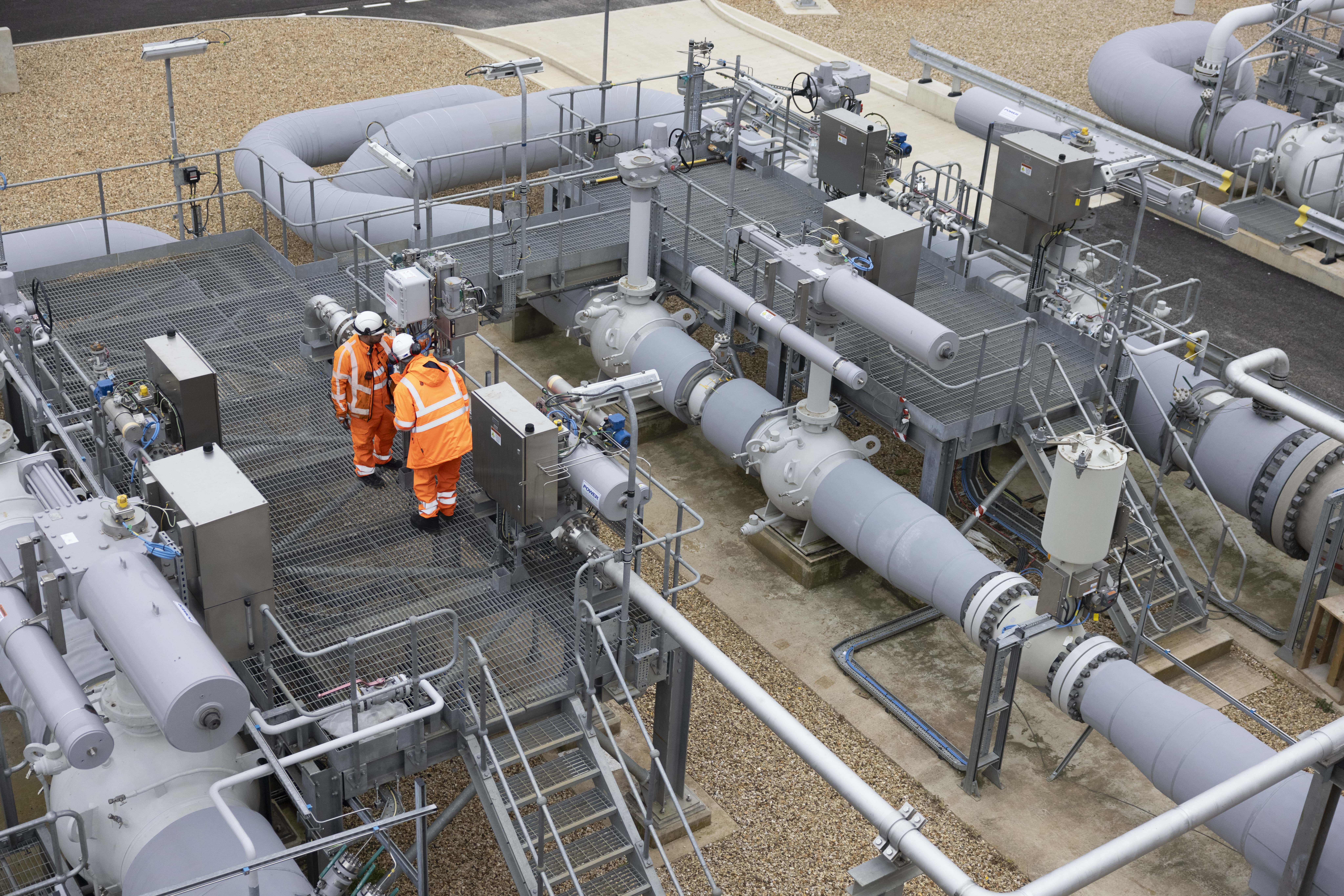NATIONAL GAS SERVICES
Emergency response
National Gas Services operates a 24-hour, 365-day-a-year, emergency response service for pipeline operators. The service is known as CEME (centralised emergency materials and equipment).
Based in our strategically located depots around mainland Britain, our engineers provide a rapid response to gas pipeline emergencies. We offer reliable and trusted emergency services to a range of pipeline operators, including gas transmission and distribution network owners and power stations, as well as oil and multi-fuel pipeline owners. Our customers pay an annual subscription for the CEME service.

Access to extensive materials and equipment
CEME members have access to all of the materials and specialist equipment we hold in our depots, including:
- Pre-tested pipe stock
- Transition pieces
- Bends
- High-pressure sealing elements
- Split tees
- Epoxy sleeves
- Repair clamps
- Large-diameter flow stop epoxy tees
- Epoxy tee branch seals.
Our equipment and materials can be used across the full range of pipe diameters and pressures. All our equipment is pre-tested and stock managed, ensuring we are always ready to respond to any emergency.

